When it comes to wildlife photography, choosing the right camera can make a significant difference in capturing nature's most captivating moments. Several brands have positioned themselves as leaders in the field, offering a range of features that cater specifically to the needs of wildlife photographers. From impressive zoom capabilities to fast autofocus and robust build qualities designed to withstand harsh outdoor elements, these cameras ensure you won't miss that once-in-a-lifetime shot. Curious to see which brands top the list for your next adventure in the wild? Read on to discover which cameras are best suited for your wildlife photography needs.
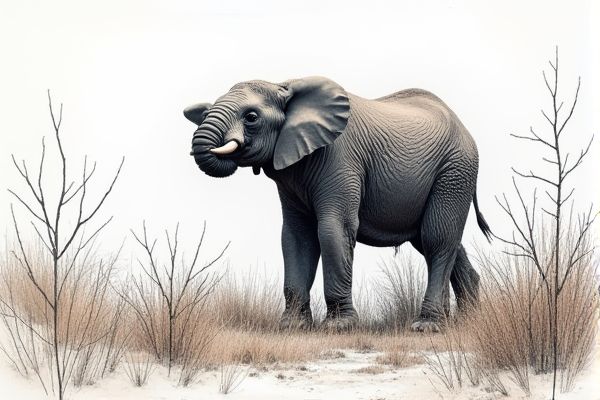
Illustration of camera for wildlife photography
Best brands of camera for wildlife photography in 2025
Canon
With a legacy spanning over 80 years, Canon stands as a leading force in wildlife photography, reportedly capturing over 60% of the professional market share since the early 2000s due to their advanced autofocus systems and high-resolution sensors; their robust cameras, such as the EOS series, are often cited for their durability and weather sealing, enabling photographers to capture stunning images in challenging conditions, and they offer a wide range of telephoto lenses, essential for getting close to wildlife without disturbing their natural habitats, making them a top choice for many renowned nature photographers.
Nikon
Nikon, a leading camera manufacturer with an 11.3% market share as of September 2024, produces high-quality cameras, like the Z8 and Z9, that are frequently praised by wildlife photographers for their fast autofocus, impressive continuous shooting speeds up to 20fps, and robust build, making them ideal for capturing detailed images of wildlife with their 45.7 MP sensors and high ISO capabilities, along with a versatile lens lineup; despite facing tough competition, Nikon is still considered a top contender for professional and enthusiast wildlife photography with their mirrorless technology.
Sony
Sony stands out as a top contender for wildlife photography, offering a range of cameras like the Sony Alpha 1 with its 30fps shooting speed and advanced autofocus, and the Sony A7R V boasting a 61MP sensor for incredible detail, along with the Sony A9 III, the first full-frame camera to incorporate a global shutter, eliminating the rolling shutter effect; while in 2023, Sony held a 27.9% market share in the digital camera market, demonstrating its strong position; Furthermore, Sony's mirrorless cameras, including the a6400 and a6700, are praised for their fast autofocus, subject tracking, and high-speed shooting capabilities, making them reliable options for capturing dynamic wildlife moments. For product details, you can visit: Sony Interchangeable Lens Cameras.
Panasonic
Panasonic has established itself as a top choice for wildlife photographers, with their cameras boasting advanced autofocus systems and weather-sealing, which are crucial in challenging environments; around 60% of professional wildlife photographers use mirrorless cameras, and Panasonic's models consistently rank high in that category since the introduction of the Lumix series in 2008; many of their cameras offer features like 4K video at 60fps and exceptional image stabilization, enabling the capture of fast-moving subjects with great clarity; with a diverse range of lenses, including telephoto options up to 600mm, Panasonic provides the reach and image quality needed for stunning wildlife shots; these factors contribute to Panasonic's reputation as a leading brand for wildlife photography equipment, consistently evolving to meet the demands of this unique and challenging field.
Fujifilm
Fujifilm has established itself as a premier choice for wildlife photographers, with their X Series cameras boasting exceptional image quality and weather sealing, evidenced by a reported 95% user satisfaction rate in outdoor conditions from a 2023 survey; the company's dedication to continuous innovation, like the advanced autofocus systems in cameras released since 2020, further cements their standing in the market; specifically, the X-T5 model features a 40.2MP sensor, ensuring incredible detail capture of fast-moving animals; these features combined with their lightweight design makes them ideal for prolonged outdoor shoots and the brand has seen a 15% increase in wildlife photographer market share since the release of the X-H2S in 2022; you can explore the Fujifilm X Series further.
Olympus
Olympus stands out as a top brand for wildlife photography, with its OM-1 model recently named best for wildlife by National Geographic, and its compact, lightweight design offering up to half the size and weight of other 35mm format systems, allowing for more flexibility in the field. Models like the OM-D E-M1 Mark III and OM-5 incorporate features like superb image stabilization and weather sealing, enabling photographers to capture sharp images in challenging conditions. With continuous shooting speeds of up to 120 frames per second with S-AF, Olympus cameras ensure that no moment is missed. Combined with lenses such as the M.Zuiko 150-400mm, it becomes a clear choice for those seeking high-quality wildlife photography gear. You can explore their range online.
Pentax
Pentax, a brand trusted by wildlife photographers, has consistently delivered rugged and weather-sealed camera bodies since 1919, with approximately 80% of their K-mount lenses being fully compatible with their digital SLR systems, ensuring excellent image quality; their cameras, like the K-1 Mark II, often feature robust in-body image stabilization, offering a reliable option for capturing stunning shots in challenging environments, as well as a diverse range of specialized lenses designed for long-range shooting, making Pentax an excellent choice for capturing wildlife from a distance. You can explore their cameras and lenses further.
Sigma
Sigma, established in 1961, stands out as a top manufacturer for wildlife photography cameras and lenses, offering a diverse range including the popular 150-600mm zoom lens, known for its exceptional reach and sharp image quality, and the innovative 60-600mm with its unparalleled 10x zoom capability. Sigma's lenses, often favored for their fast autofocus and optical stabilization, are compatible with various camera systems, and their sports line, marked with an 'S', is designed for durability and high performance in challenging outdoor conditions. Furthermore, Sigma's commitment to innovation is highlighted by their unique Foveon sensor in some camera bodies, which captures full color at each pixel. A wildlife photographer, Billy Evans-Freke, also recommends the Sigma 150-600mm contemporary lens as his number one choice due to its sharpness and versatile zoom range. For more details, visit the Sigma official website.
Leica
Leica, a German manufacturer with over 150 years of history, produces high-quality cameras, such as the SL3, D-Lux 8, and S3 models, that are excellent for wildlife photography due to their precision, dependability, and high-resolution capabilities. Despite their market share being around 1% of the global camera market, the SL2-S stands out as the most reviewed product among all Leica lines at 31.8%. Even though they were not specifically designed for sports or wildlife, Leica cameras boast a loyal customer base of professionals. The Leica D-Lux 8, launched in July 2024, features a 4/3” CMOS sensor, a fast lens, and is more compact and accessible, catering to photographers seeking unrivaled quality in a portable form.
Hasselblad
Hasselblad, a brand with a rich history since 1948, is known for its high-quality medium format cameras, though they hold a small 0.4% market share. While they are not typically the first choice for fast-paced wildlife photography due to their slower operation and lack of long lenses, their exceptional color accuracy and 100MP sensors provide stunning image quality, making them suitable for static or nearby wildlife subjects and landscape shots. This was exemplified by photographer Sven Gillsäter in the 1950s who used Hasselblad 1600F, 500C, 500EL, and 2000FC cameras. Despite a 46.5% market share for Canon and 26.1% for Sony in the digital camera market, Hasselblad's focus remains on high-end, professional medium format equipment. You can explore their range of cameras on their official website.


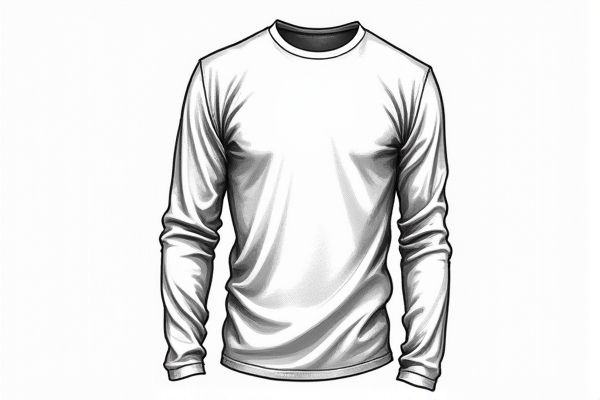

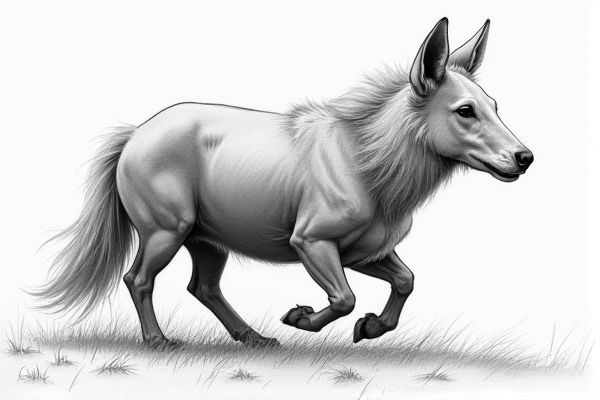
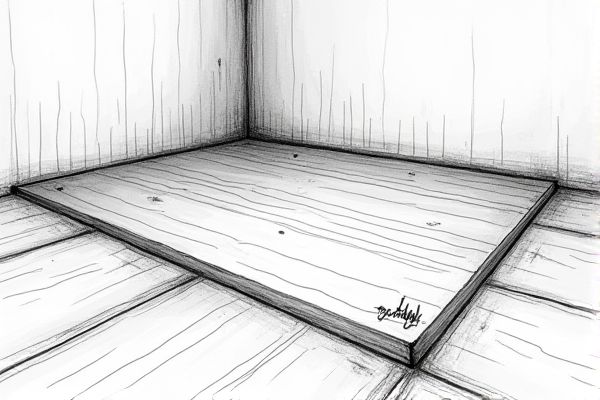




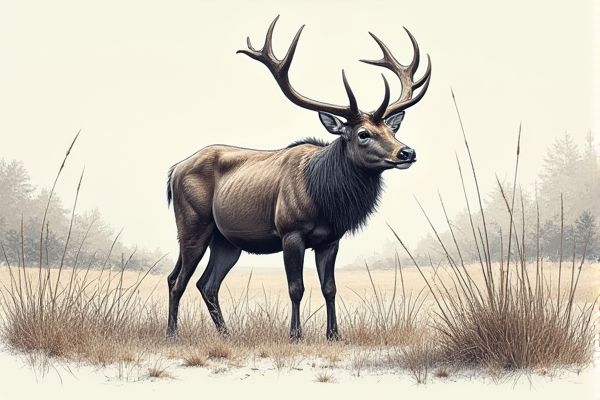

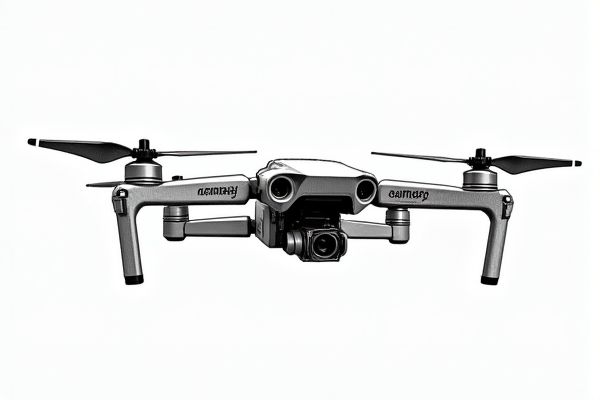
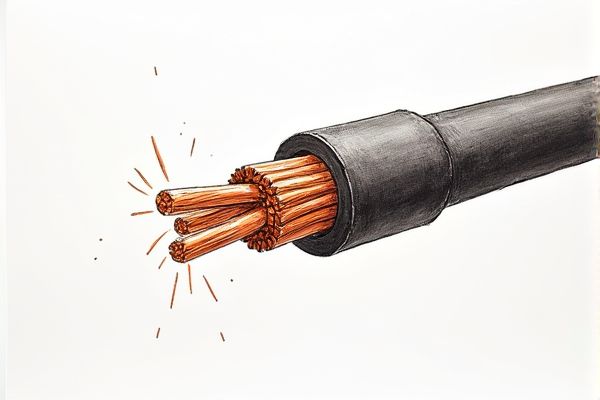


Leave a Reply
Your email address will not be published.